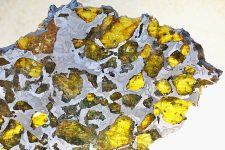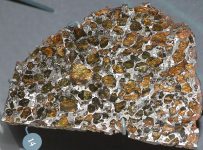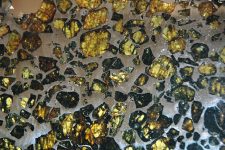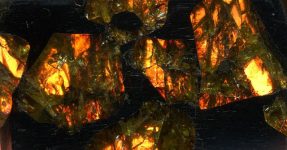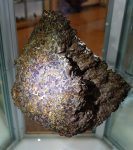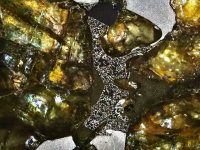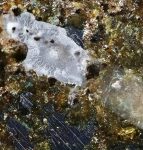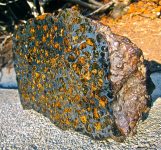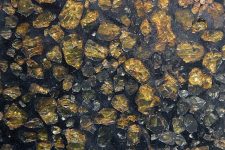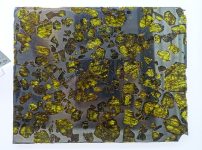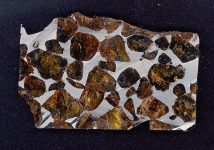Pallasite Metorites
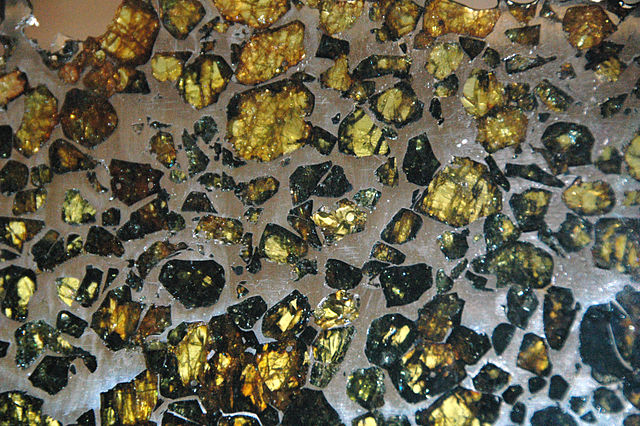
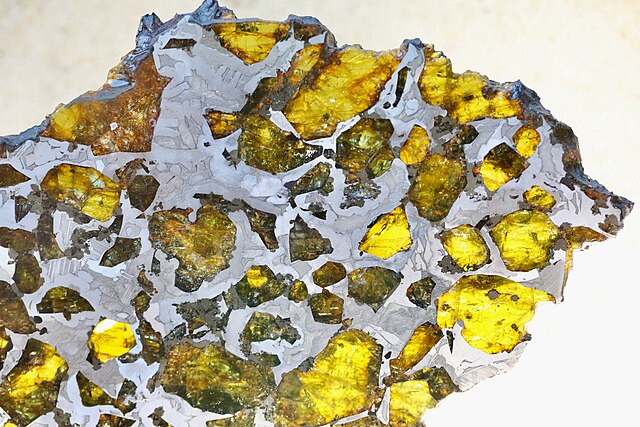
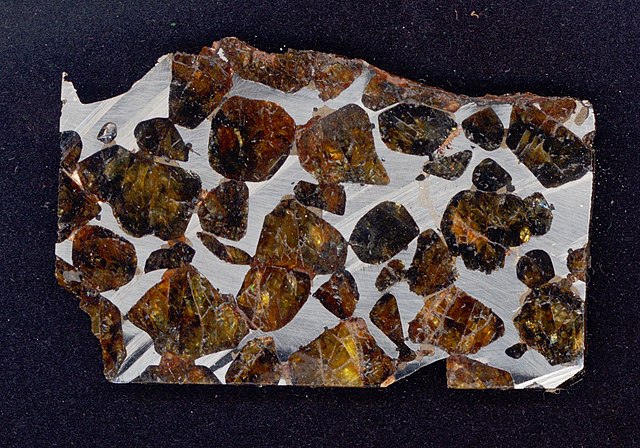
Pallasite Meteorites
Pallasite meteorites are among the most visually striking and scientifically significant types of meteorites. These rare stony-iron meteorites are composed of roughly equal parts metal and silicate minerals, typically olivine. Their unique composition and structure provide valuable insights into the processes of planetary differentiation and the formation of the early solar system.
Composition of Pallasite Meteorites
Pallasite meteorites are characterized by their distinctive blend of metallic and silicate components. They consist primarily of olivine crystals embedded in a matrix of iron-nickel metal.
Olivine
Olivine, a silicate mineral, is the most prominent non-metallic component of pallasite meteorites. The olivine crystals in pallasites are typically green or yellow-green and can be quite large, sometimes reaching several centimeters in diameter. These crystals are often gem-quality and are sometimes cut and polished for use in jewelry.
Iron-Nickel Matrix
The olivine crystals are embedded in a matrix of iron-nickel metal, composed mainly of the alloys kamacite and taenite. This metallic matrix provides a striking contrast to the translucent olivine crystals, giving pallasite meteorites their distinctive appearance.
Classification and Structure
Pallasite meteorites are classified as stony-iron meteorites due to their mixed composition. They are further subdivided based on their specific characteristics and the nature of their olivine crystals and metallic matrix.
Formation and Origin
Pallasite meteorites are believed to originate from the boundary region between the metallic core and silicate mantle of differentiated parent bodies, such as large asteroids or protoplanets.
Differentiation Process
During the early stages of planetary formation, heat generated by radioactive decay, impacts, and gravitational contraction caused the interiors of some large asteroids and protoplanets to melt and differentiate. This process led to the segregation of materials based on density, with heavy metallic elements sinking to form a core, and lighter silicate materials forming a mantle and crust. Pallasites are thought to have formed at the core-mantle boundary, where the metallic and silicate materials mixed.
Catastrophic Disruption
The parent bodies of pallasite meteorites likely experienced catastrophic collisions that exposed the core-mantle boundary. These collisions shattered the parent bodies, dispersing fragments into space. Some of these fragments eventually reached Earth, where they were recovered as meteorites.
Scientific Significance
Pallasite meteorites are of great scientific interest because they provide direct samples of the core-mantle boundary of differentiated planetary bodies. Their study offers valuable insights into the processes of planetary differentiation, core formation, and the thermal history of the early solar system.
Insights into Planetary Differentiation
The composition and structure of pallasite meteorites provide valuable information about the processes that occur during the differentiation of planetary bodies. By studying these meteorites, scientists can gain a better understanding of how metallic cores and silicate mantles form and interact.
Clues about Early Solar System Conditions
Pallasite meteorites preserve evidence of the conditions that existed in the early solar system. By analyzing their composition and structure, scientists can infer the thermal histories and cooling rates of their parent bodies, providing insights into the processes that shaped the early solar system.
Unique Mineralogical Features
The large, gem-quality olivine crystals found in pallasite meteorites are of particular interest to mineralogists. These crystals provide valuable information about the conditions under which they formed, including temperature, pressure, and the presence of other elements.
Meteorite Recovery and Use
Pallasite meteorites are highly prized by collectors and researchers alike. Their striking appearance makes them popular for use in jewelry and as display pieces. However, their scientific value often leads to them being studied extensively in research institutions.
Famous Pallasite Meteorites
Several famous pallasite meteorites have been discovered and studied. The Brenham meteorite, found in Kansas, USA, is one of the largest pallasites ever recovered and has been extensively studied for its unique properties. Another notable pallasite is the Imilac meteorite, found in Chile, which is known for its large, beautiful olivine crystals.
